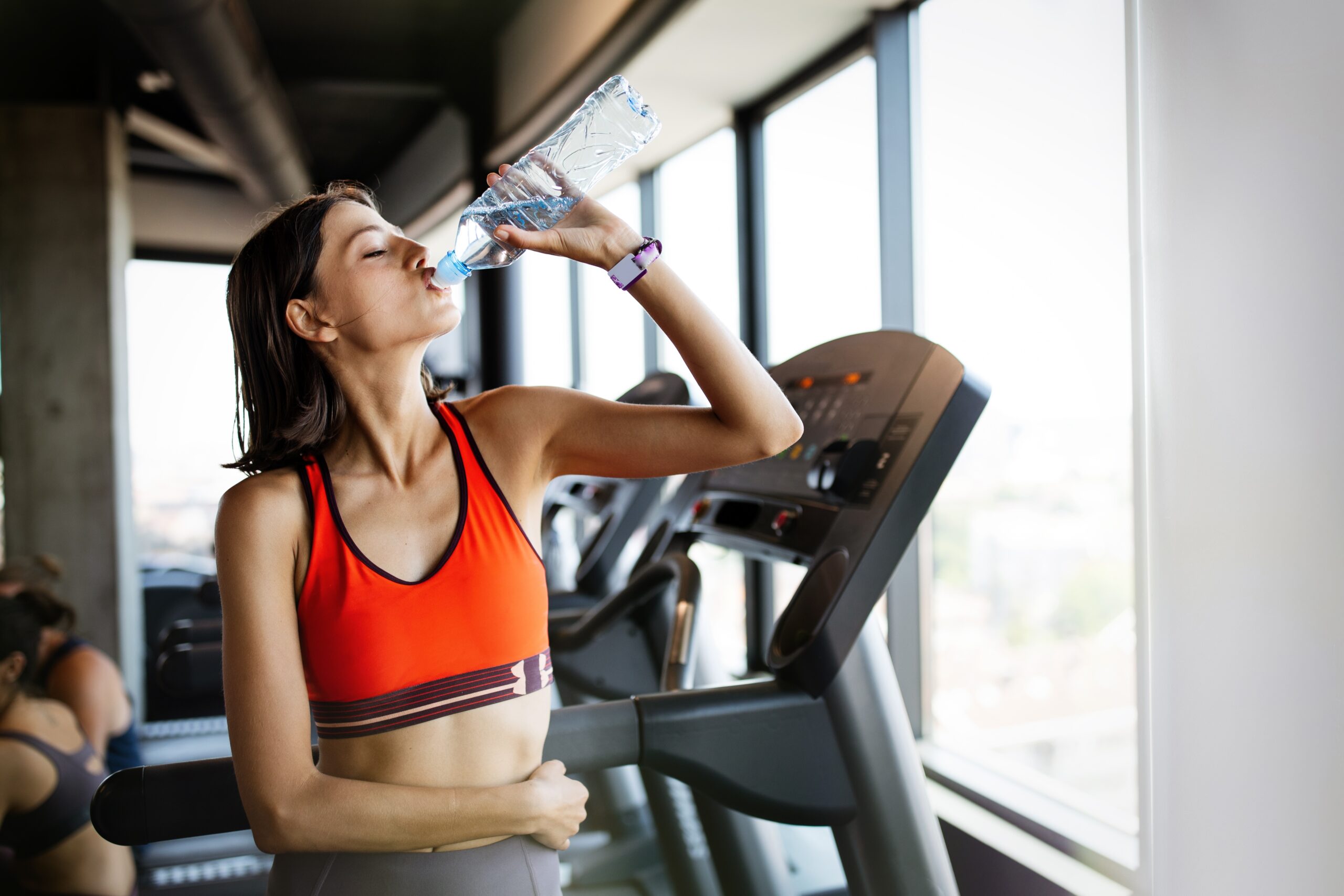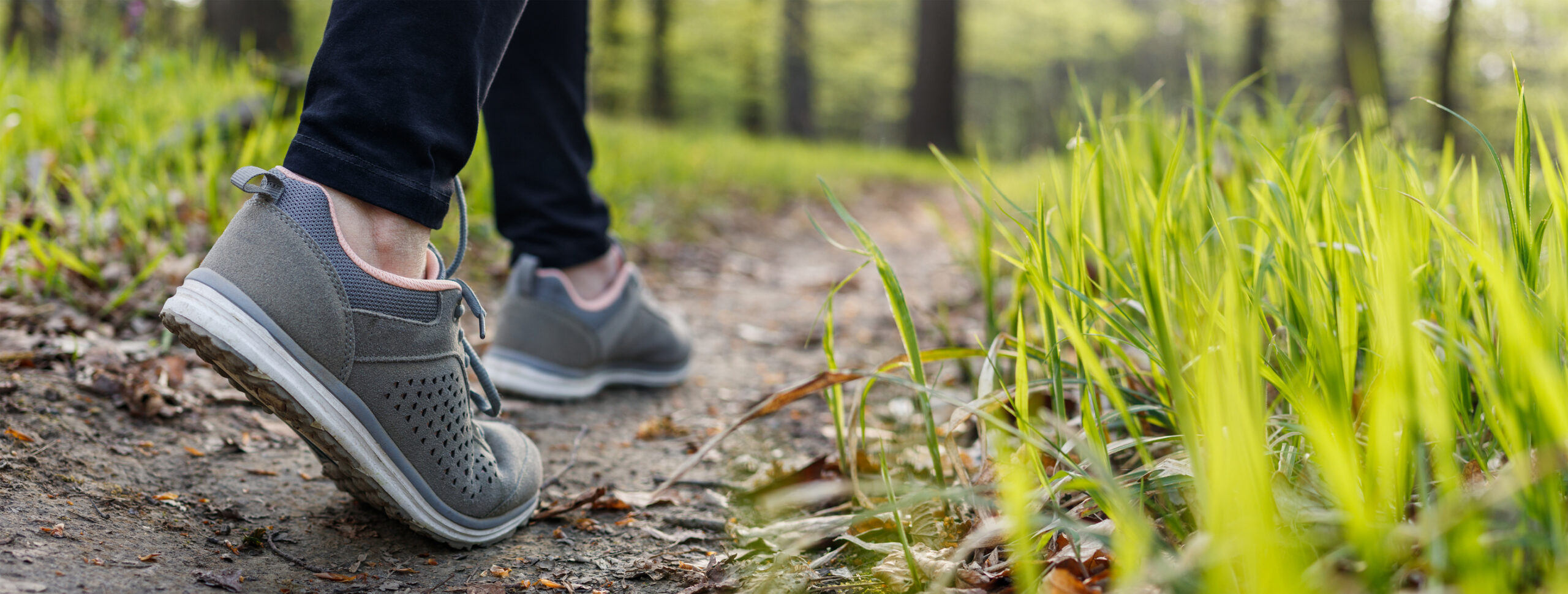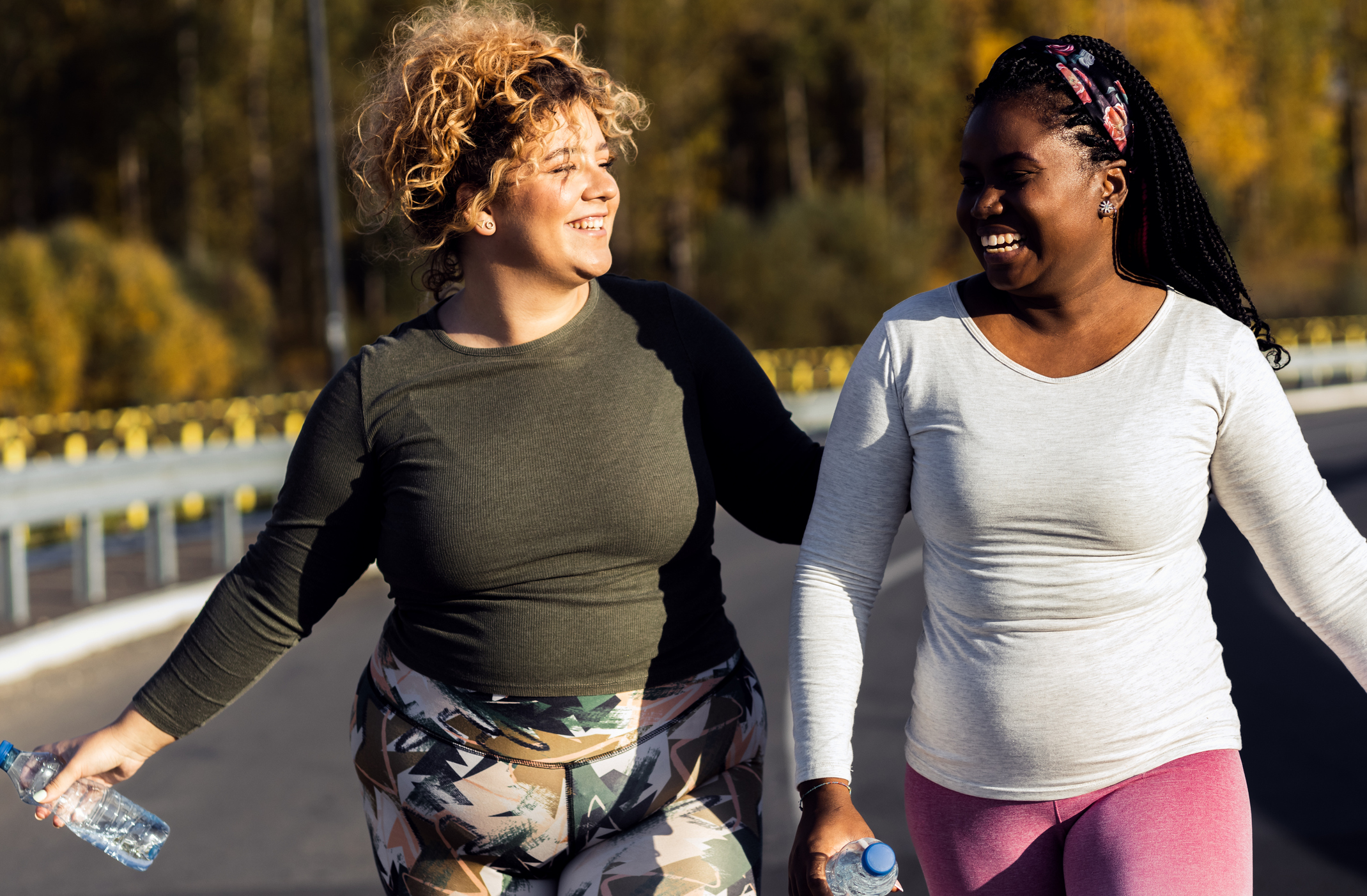Thinking about increasing your physical activity levels? That’s great news! Now, how’s your hydration?
We want you to feel brilliant about moving more and that starts with ensuring adequate hydration is taking place. Proper hydration is a bit of an art. Drink too much and you may feel sloshing in your stomach. Drink too little and your mouth will be drier than the Sahara desert. To be optimally hydrated, we want to make sure we drink well before we exercise – especially in hot conditions.
How do we know when we’re dehydrated?
Thirst is often the first sign of inadequate hydration. Other common symptoms of dehydration include fatigue, lethargy, dizziness, confusion, and urine that is darker than normal. Dehydration can be a serious problem for older adults because the sensation of thirst diminishes with age.
An easy way to check your hydration is by checking your urine alongside a chart like the one below. Anything below a 3 on the chart means you’re in need of more water.

Hydration when exercising
The best advice we can give is to regularly sip water. Big mouthfuls may cause you to feel uncomfortable, so small, regular sips are best.
Can we be too hydrated?
Yes, there is an extreme when it comes to hydration and being too hydrated isn’t good for us. You can drink too much water and, if you’re not also taking on adequate electrolytes, you’ll effectively dilute and affect the balance of your body’s fluids. This can lead to a feeling of being bloated and nauseous; in extreme it can be fatal. This occurs more in exercise that can go on for several hours, like running marathons. When we have lost lots of fluid, we must ensure we replace electrolytes too – sports drinks are a great option for this.



